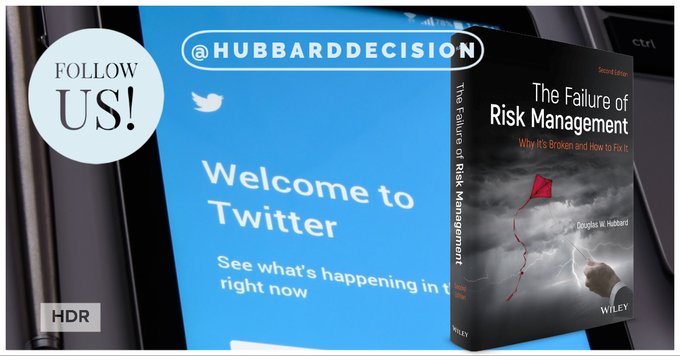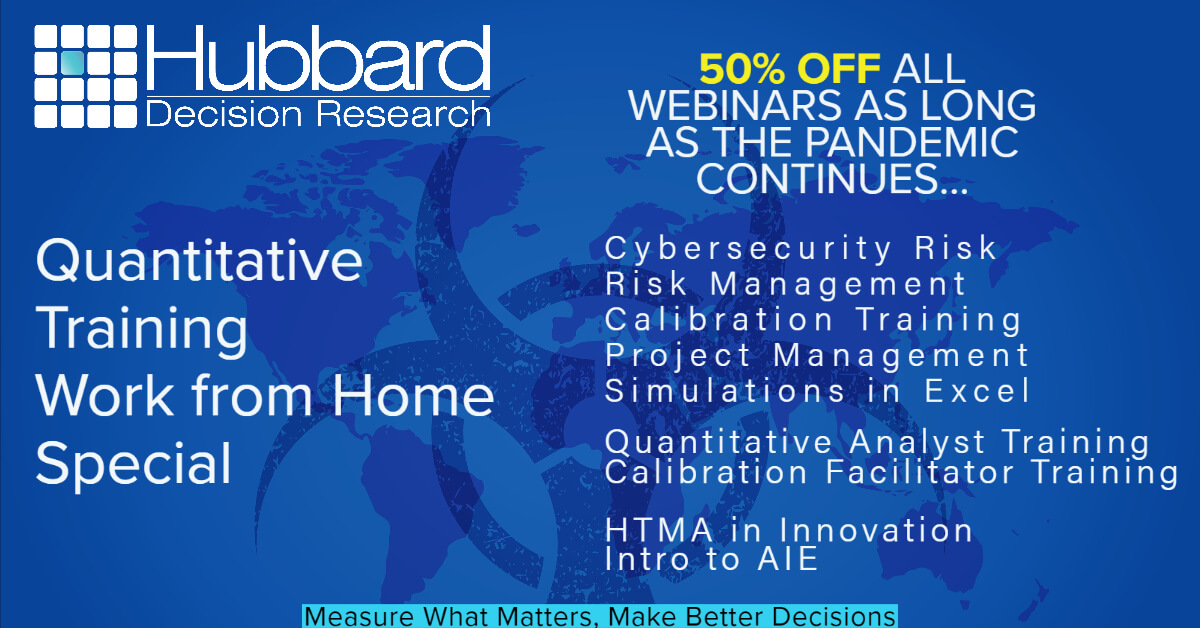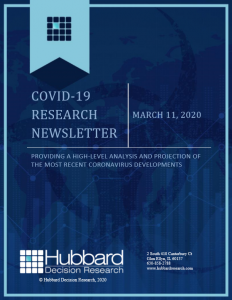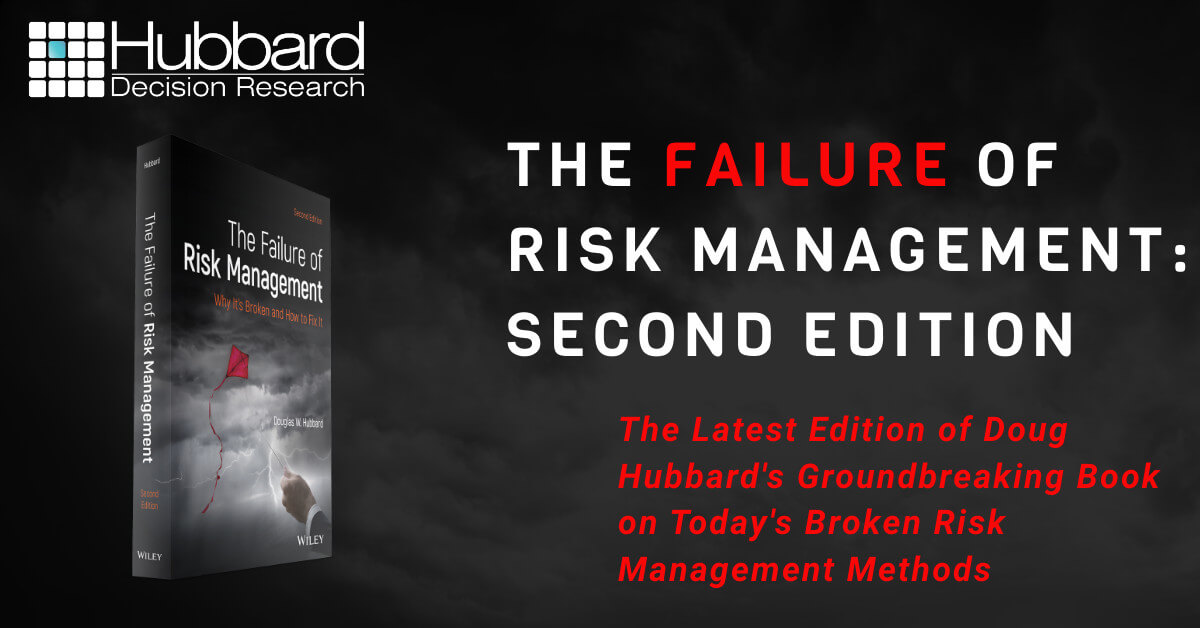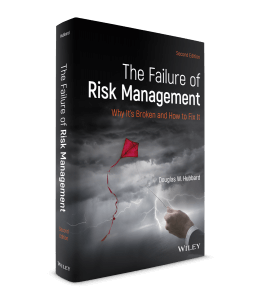
How to Make Remote Work Work
(Written by Doug Hubbard)
COVID-19 risks are forcing a lot of firms to implement work-from-home policies. We have some ideas about how to make that work. Like a lot of small consulting firms, the team at Hubbard Decision Research has been working remotely for years, as compared to full time employees and part time subcontractors who have had to go to an office building to work.
For some, working from home may produce distractions that reduce productivity. Managers may feel that, without direct observation, their teams will take advantage of the situation. There are certainly different challenges for working remotely but they don’t have to include reduced productivity. In fact, the flexibility of not spending time in a daily commute could improve productivity if you approach it with well-defined expectations.
Here are a few keys to successful management of remote workers:
1. Manage by deliverables: You never needed to be looking over your team’s shoulder to ensure they do work, anyway. For one thing, it undermines a sense of trust that is important to work environments. Plus, there is a better way to observe productivity – their actual output. All tasks should have a deliverable, that is, some sort of documented evidence that the work was done. If you assign someone a task to proofread a document, the deliverable should include, the modified document itself, the list of changes and a statement that they feel confident that they have caught everything. Whether the task is writing code, completing a cost benefit analysis, or finishing a presentation, you always want the output anyway. Exactly how long it took my team to do a task is really no concern to me as long as the deliverable met or exceeded expectations and it was done on time. Documented work is also the best data for evaluation of their performance.
2. Set availability expectations: If you would normally be 9am to 5pm in your office, make the same rules for remote work. If someone is gone for personal reasons, that needs to be on their calendar. If there is nothing on their calendar and they don’t pick up when you call, state the rule for how soon they should be expected to return the call (e.g. 10 minutes).
3. Keep brief but regular meetings with the team. To get them started on time and manage expectations, it’s often useful to have a quick team meeting. Keep them short and don’t let them turn into a waste of time. Get to the point. Review priorities and expected deliverable times for the day and let them loose.
4. Use collaborative tools. We like to use Slack and Webex for starters.
In short, the most successful tactics that effect remote work are the same as what works face-to-face. Set expectations, deliver evidence of work and stay connected. If anything, the only difference with remote work is that it may force you to communicate even more than you otherwise would have to make sure you stay productive.


